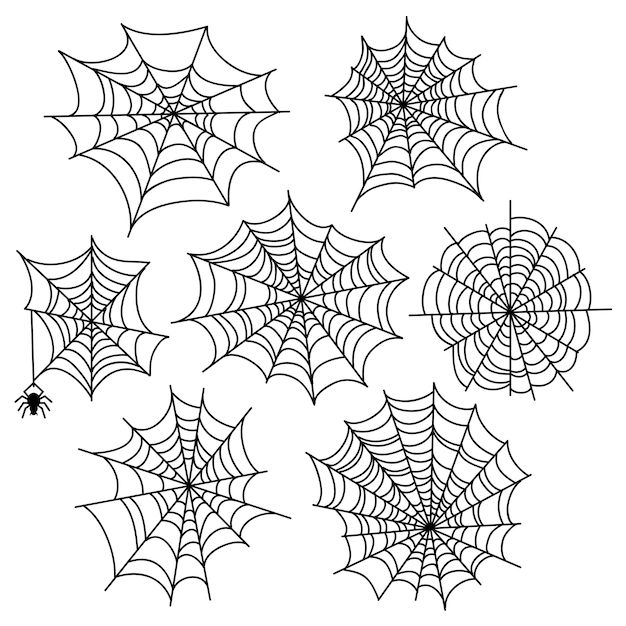


However, unlike the two just mentioned, vinyl is split up into three sub-categories (explained below). Vinyl is a common recycled plastic used to make records, food wraps, carpet, Linoleum flooring and many indoor and outdoor signs. It can take a beating and keep on ticking in comparison to 100% paper and non woven wallpaper. Vinyl wallpaper is the most durable wallpaper option. It's made to go up easily and come down, not in little chunks and scraps, but in long flowing sheets. When this material was first introduced, the ease of installation and removal was one of the top selling points. There are many people who don't like vinyl and usually for them, non woven will be the best option. You could say that this is the next evolution from 100% paper backing but stops short of a full vinyl. Some non woven wallpapers have no vinyl at all in them and are just made from natural and synthetic plant fibers. Non woven wallpaper is a combination of natural fibers and a little vinyl mixed together to create a breathable, flexible and more durable material than regular paper backing wallpaper. 100% pure paper is too lightweight for some people while vinyl can be too heavy, too glossy or feel too plastic.Īn example of a non woven paper, from the Sarah Richardson collection (above). Non woven is the wallpaper that is just right. If you’ve ever read Goldilocks and the Three Bears, you would understand why. Right now, this is probably the most popular type of wallpaper in the US and Canada. With few exceptions, non woven wallpaper will be unpasted (above). Our friends across the Atlantic have completely different tastes than us (they prefer a lot more color) and when it comes to wallpaper stick with the classic 100% paper backing. We should also add that most of the European wallpaper, including most Scandinavian designs, will be made from 100% paper. Notice the matte finish on this whale print, made in the UK on 100% paper (above). Paper backing will always be unpasted and always require glue. 100% paper wallpaper has the classic matte look many people desire. Most of the higher end wallpaper will be paper or non-woven because the other types tend to have a glossier finish. This is a famous black Zebra print from Scalamandré, on a 100% pure paper backing (above). No frills or thrills, just wallpaper made out of paper that comes from trees. It tends to get overshadowed by the newer ones which is ironic, because it’s the original. In the US, most 100% paper are found to costlier designer prints like Scalamandré (above). This is also referred to as the backing or finish, all three terms being used interchangeably. However, for this article we are just talking about the main material a wallpaper is made from. Hence, the reason why there are so many roll sizes (single rolls, double rolls, triple rolls and quadruple rolls) as every manufacturer has their own unique standard of measurement. Every factory produced wallpaper its own way, without any real oversight. It also doesn’t help that wallpaper, in the United States, was never standardized from the onset. The wallcovering industry has spent a lot of time trying figure out how to make the whole process as easy and pain free as possible but as you can probably tell, there are limits due to the sheer number of variations. It’s like you have to educate yourself on a whole new set of words and jargon before you can make a purchase.


 0 kommentar(er)
0 kommentar(er)
